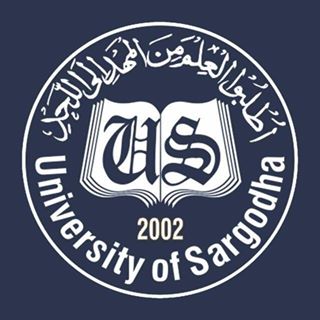Articles
-
Click To
Read More
-
Abstract
Wheat (Triticum aestivum L.) is considered as one of the major cash and food crop throughout the world. Tissue culture methods are the major focus of the scientists to explore the genetic modification of this crop. Selection of responsive genotypes and best culture media is imperative for wheat in vitro investigation. Mature embryos of ten wheat genotypes were evaluated for tissue culture response. Varying concentrations of 2- 4-Dichlorophenoxyacetic acid, Indole Acetic Acid and Kinetin were tested to induce callus and regeneration. Callus induction response ranged between 21% to 94% in Chenab 2000 and Atta Habib. The best optimized concentrations recorded for callus induction were found to be as on 2 and 1 mg/L of 2, 4D. Whereas, the best genotypes that responded well towards callus inducing response were Siran, Atta Habib, Inqalab 2000, Marvi 2000 and Iqbal 2000. On the other hand maximum regeneration response was recorded as 35% in Atta Habib at 0.1- 0.4 mg/L (IAA- Kinetin) in Atta Habib followed by Siran (30%). Best responsive cultivars screened in this study for in vitro culturing and economic and efficient methods can be used in wheat improvement programs.
Digital object identifier:
/doi.org/10.52587/JAF030205
Attached Document
DownloadAuthors
Ummara Waheed, Raza Ahmed, Irum Shahzadi, Maria Siddique, Mohammad and Maroof Shah
-
Click To
Read More
-
Abstract
The present study was aimed to investigate productive parameters like birth weight, weaning weights, daily weight gains along with husbandry & ethno veterinary practices of Marecha camel calves kept under diverse extensive conditions in Desert Thal Punjab. One hundred camel herders from Tahsil Mankera District Bhakkar (Thal desert) were selected. The birth weight was taken by using digital scales at birth, then the weaning weights, while growth rate was measured at fortnightly intervals. The growth rate was calculated by the current weight-previous weight/15. The camel calves were sent for grazing/browsing in addition to suckling, with their respective dams which received supplementation diets (grains and household refuse). Twice a day watering was done ad libitum. The animals were dewormed while sprayed fortnightly against external parasites. The mean daily weight gain (DWG) was 580 ± 90 and 490 ± 70 gm for male and female calves, respectively. The mean birth weight and weaning weights were observed as 38.16±0.54, 33.48±0.56 and 258.67±8.86, 236.72±7.18 kg for male and female calves, respectively. Regarding husbandry practices colostrum feeding was only observed in 16% of the calves as there was a taboo of calves being not fed until their dams had passed the placenta. One hundred percent of the calves were allowed to suckle from two teats of their dams, while in 90% of the cases, the suckling time was restricted. The weaning age was 8-12 months in 34% of the calves, and 12-16 months in 66% of the calves. Only 20% of the owners were found to practice deworming. The major issue was calf mortality observed in 25% of the cases. In ethnoveterinary practices, the diseases found to be seasonal and for their cure variety of treatments were adopted like usage of medicinal plants, larvicides, pesticides, fly repellents, odorants, cauterization and supportive therapy including cold and hot drinks, hot food, yogurt and desi ghee. The present results are of importance which could be used for further studies.
Digital object identifier:
https://doi.org/10.52587/JAF040207
Attached Document
DownloadAuthors
Asim Faraz, Nasir Ali Tauqir , Muhammad Arslan Akbar, Syeda Maryam Hussain, Zeeshan Muhammad Iqbal, Sannan Nazir, Muhammad Umar, Irsa Kanwal, Muhammad Furqan Ilyas, Muhammad Rizwan, Sadia Sanaullah, Chanda Liaqat and Arooj Fatima
